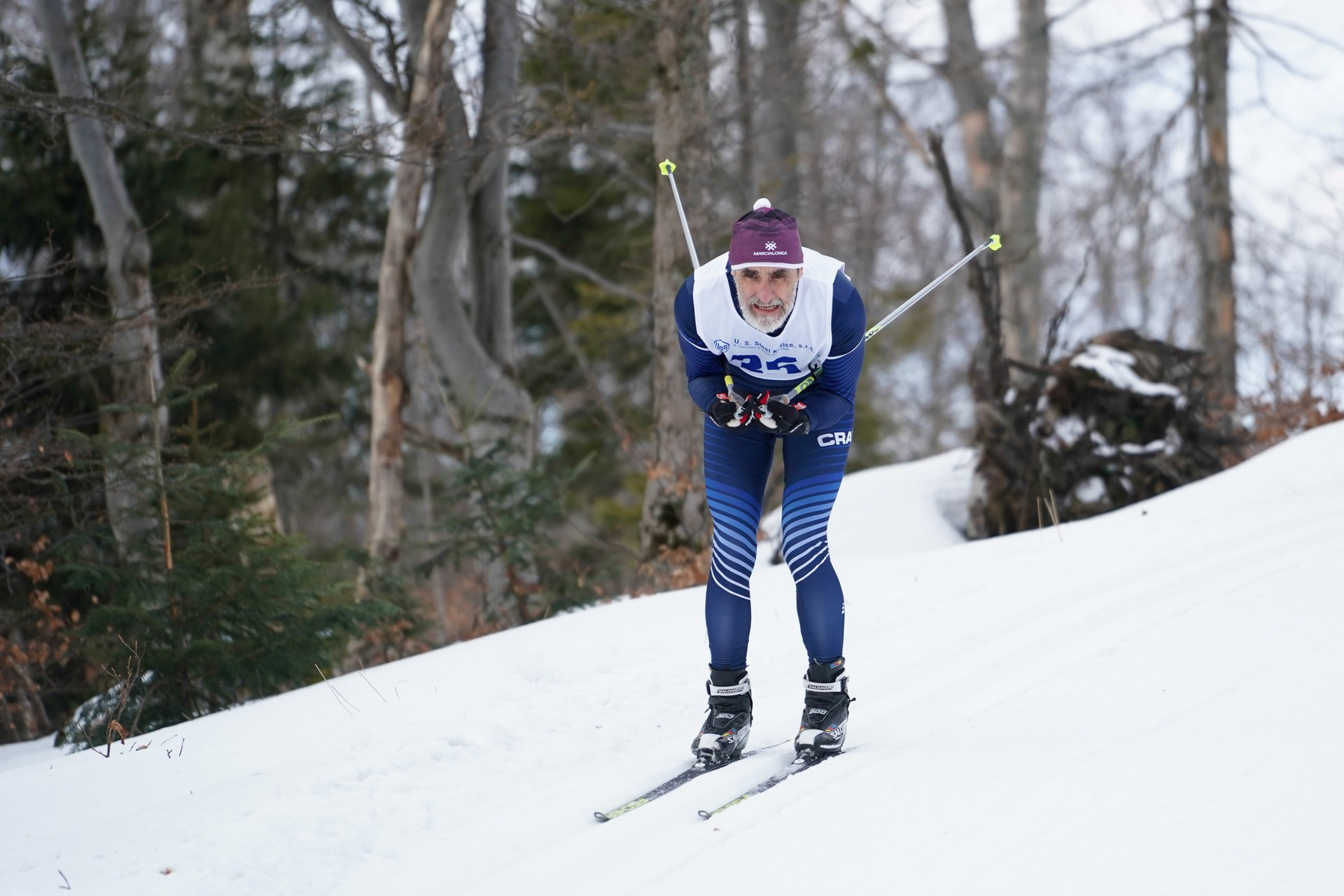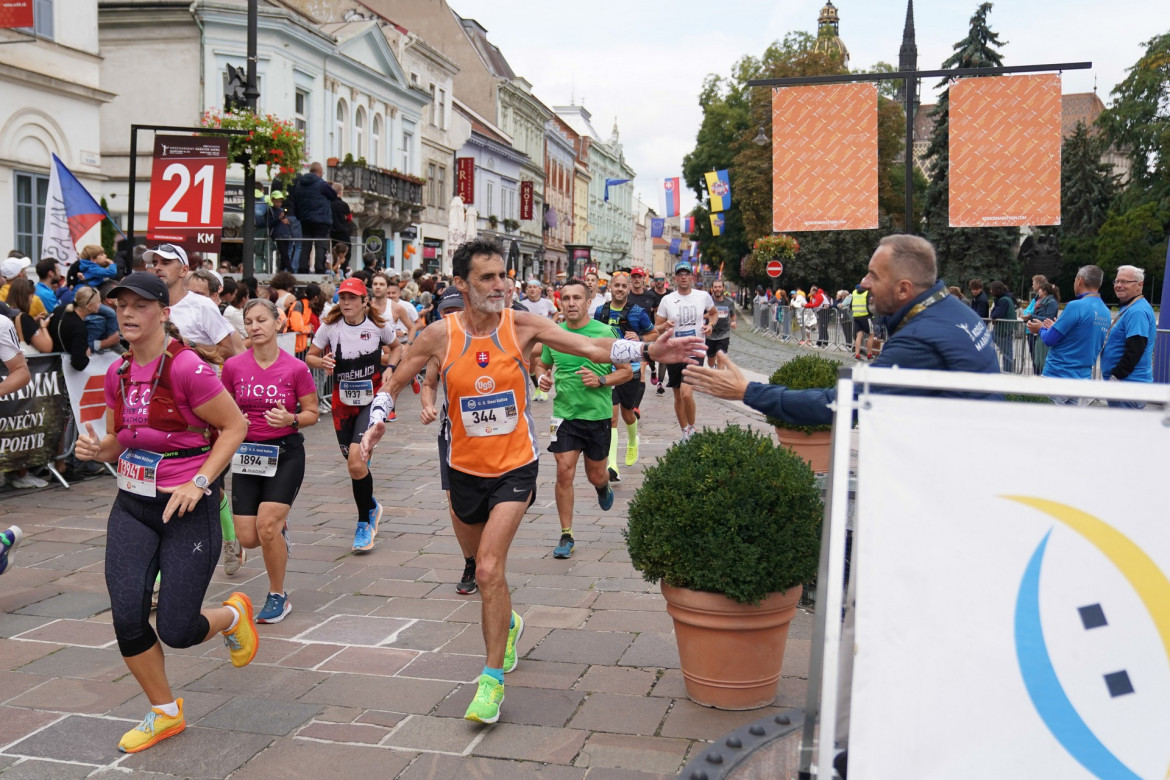
Last Sunday, Jozef Sciranko took part in the 100th edition of the Vas Run in Sweden, one of the most famous and largest long-distance runs in the world.
"This race is one of the most challenging and difficult. The snow was very heavy, very wet. Up to 16,000 runners stood at the start, with each runner wearing approximately two-meter skis... Getting them all to the starting field in the morning is quite logistically challenging. The start is also interesting in that after the shot everyone starts at once, it starts on a huge plain, and the division of corridors is according to the performance achieved in previous races. The track runs in beautiful nature. In Sweden, this day is a public holiday. Spectators cheer on the racers along the track. Whole families, in the snow, making bonfires, cheering..." says Jozef Sciranko.
Jozef has completed Vasa's run three times, the first time he stood at the start in 1995. The winners completed the track in a time under four hours, his best time was 6 hours and 20 minutes. This time in heavy snow it was an hour and 20 minutes more. However, as Jozef says, he does it not in terms of performance, but because he was attracted by the connection of running with an interesting history.
The 90 km running marathon from Sälen to Mora was first held in 1922. However, the historical event on the basis of which it arose occurred already in the sixteenth century. The Swedish nobleman Gustav Vasa incited people to revolt against the cruel rule of the Danish king Christian II. He fell into disfavour and fell into captivity, from which, however, he managed to escape. When escaping, he continued to urge the people to revolt, but they refused. So he went cross-country skiing all alone towards the Norwegian border. The situation changed when hundreds of nobles, among whom was his father, lost their lives in the bloodshed of Stockholm. The two fastest runners followed Vas and caught up with him in the village of Sälen. They persuaded him to return to Mora and lead the resistance against the Danes. The uprising lasted two and a half years. After the Danish defeat in 1523, Gustav Vas was crowned King of Sweden.
"Plus, it was the 100th edition this year," Jozef said, adding, "I don't know if there are many people who have completed centenary runs of the oldest runs in the world. I completed the 100th edition of the Boston Marathon in 1996, this year will be the 128th edition of the Boston Marathon. It is the oldest marathon in the world. And last year I ran the 100th edition of the oldest marathon in Europe – the International Peace Marathon in Košice."
It will conclude the winter cross-country skiing season in two weeks with the 54km long distance race Birken 2024, which, like those in Sweden, is inspired by an interesting story from history. Competitors will have backpacks weighing 3.5 kg on their backs. Birkebeinerrenet symbolically refers to a legend from the 13th century, when two Norwegian soldiers rescued the little prince Håkon Håkonsson and climbed a mountain full of pitfalls on skis.
And then come the classic marathons "on your feet". Jozef has already signed up for the May Marathon in Prague. In June, he will go to the Italian Dolomites, for the Dolomites extreme trail race – 55 km run in the hills. "It's very challenging. But I have already run our Low Tatras fighter, which is 103 km long and runs from Šumiac to Kráľova hoľa, through Čertovica and Chopok to Donovaly," he says.
Of course, there will also be the Košice Marathon, which has a firm place in the calendar always on the first Sunday of October. In Košice, Jozef ran 38 marathons out of a total of 90. As he emphasizes, he never cared about the number of marathons run, he always chose quality ones, during which he got to know many nice places not only in Europe.
How many kilometres did Alice run in his life? "So I counted it, I kept records regularly and it's 160,764 km. In times without GPS, it may not have been completely accurate. But my routes were well measured. I didn't count runners in this number, it would take a long time to count. It's thousands more kilometres. I ran the White Footprints of the SNP, since 1985 it has been 31 editions. I've done 25 cross-country runs in different countries around the world, including the USA and Canada."
If Alice had gone to circle the Earth, where would he go? The longest parallel is the equator, which divides the Earth into northern and southern hemispheres. It measures approximately 40,075 km. So, along the equatorial parallel, Alice would circle the Earth four times! And if it went to the moon, which is 384,400 km away from us, it would be approaching halfway.












